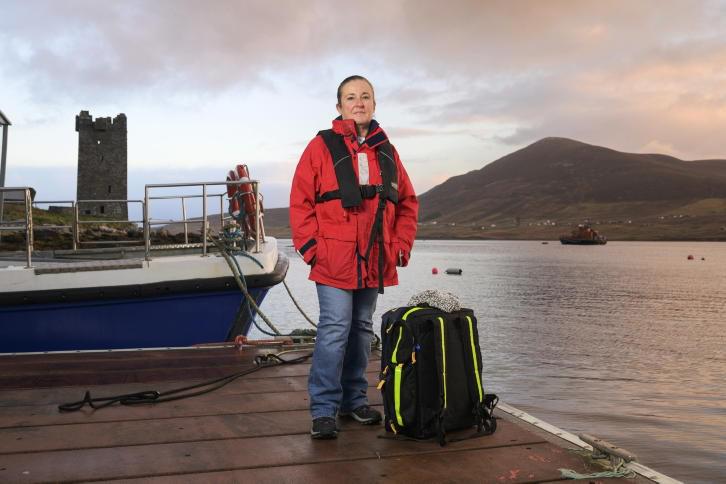My beekeeping adventure started way back in 1984. The spark that ignited my interest came from a chance encounter with a man selling heather honey sections. The taste of that honey impressed me so much that I made some contacts, eventually getting started with a single beehive.
My neighbour, a local farmer, kept bees as did my brother Jack, but it had gone over my head until then. My interest soon became intense, and after prompts by a good friend and mentor beekeeper, I took up the study of beekeeping, progressing through the various qualifications.
I have seen beekeeping change over the years. The majority of these changes came about as a result of improved hives and associated equipment.
The modern bee-suit has made beekeeping pleasurable, but not necessarily safer. When the beekeeper can handle bees without a suit then he or she has gentle bees and most of all, the art of handling them in a way that keeps them calm.
Being better protected, the beekeeper could now pay more attention to the brood area of the beehive. Inspection of brood for quality, clipping and marking queens along with many manipulations have improved the productivity of the hive.
Breeding better bees became the norm. Producers of native black queens emerged, providing the Irish beekeeper with a source for replacing queens in their hives.
The Native Irish Honeybee Society came into being in 2012, with the aim of producing native black queens and protecting their genetic uniqueness.
The efforts have established, through scientific research, the purity of this bee and its suitability in our Irish climate. Beekeepers the length and breadth of the country now rear queens of the native bee as a result of their many queen-rearing workshops.
Production and packaging of Irish honey has also greatly improved. Compliance with EU food regulations, ensures a high-quality product on the market
Farming practices have undergone much change since the 1960s and some of these have been not compatible with beekeeping. Bee forage was impacted by the loss of white clover, hedge maintenance and pesticides. There has been a learning curve over the years and education and science has shown us what should or should not be done in relation to practices which adversely affect the environment, and in turn, the bees.
In more recent years, the polystyrene beehive made its way into beekeeping. Beekeepers either love or detest them. They have their uses and can be useful for specific types of beekeeping. However, high-density polystyrene may not be viewed with favour in the future.
One of the biggest impacts on bees and beekeeping was the arrival of the varroa mite in 1998. This mite has played havoc with bees and their management ever since. Colony losses caused by infections resulting from mite infestation were high in the years following their arrival. Beekeepers use various treatments and bio-technical methods to restrict mite populations in their hives.
The production and packaging of Irish honey has also greatly improved. Compliance with EU food regulations, ensures a high-quality product on the market. Stainless steel equipment is now the norm, replacing old fashioned lacquered tin.
While I am laying my beekeeping pen down, I will continue to don my suit and attend to my bees. Over the past 20 years, I hope readers have gained some insight from my articles on bees and beekeeping. My sincere thanks to you all.
Adieu.










SHARING OPTIONS